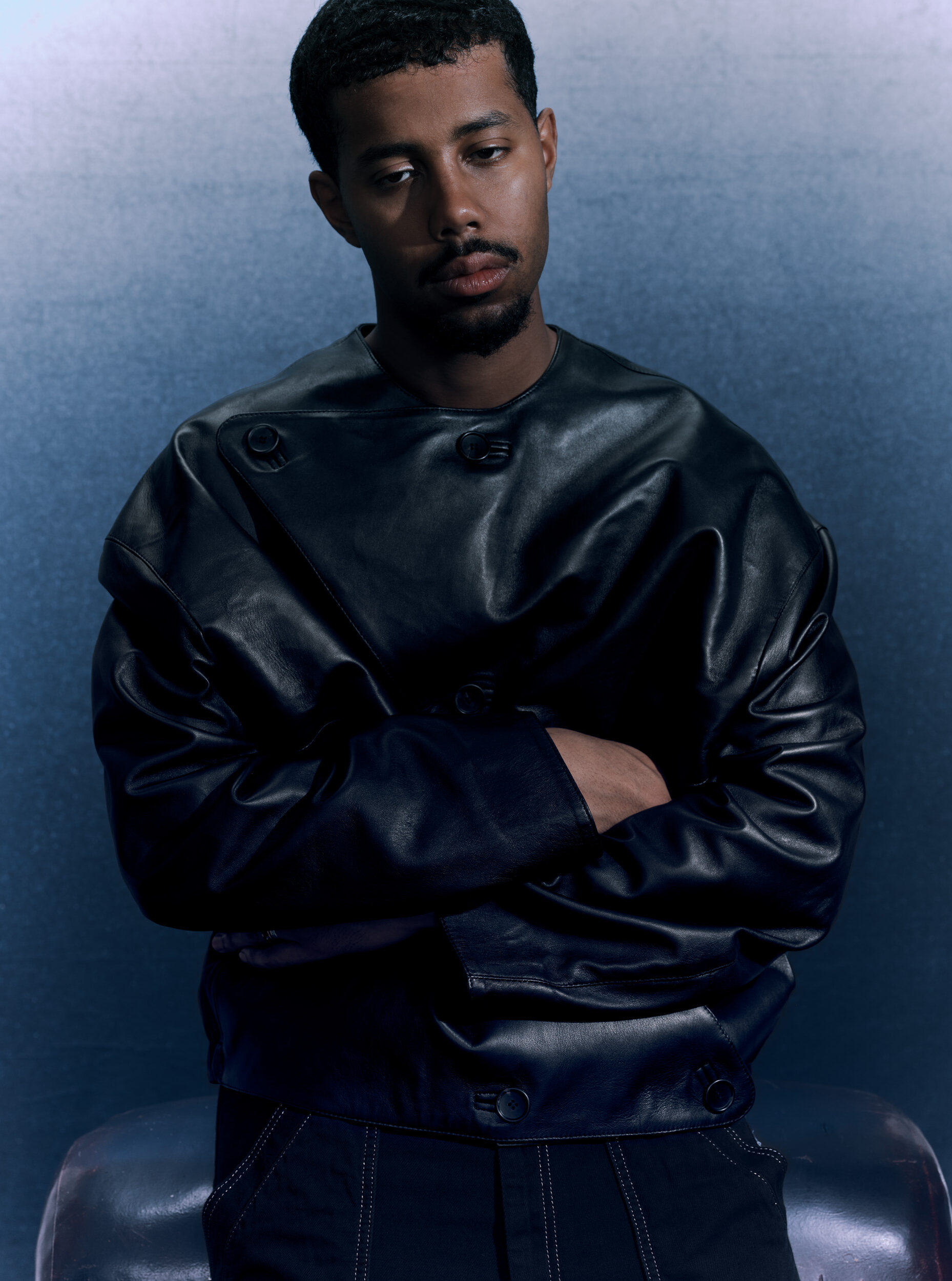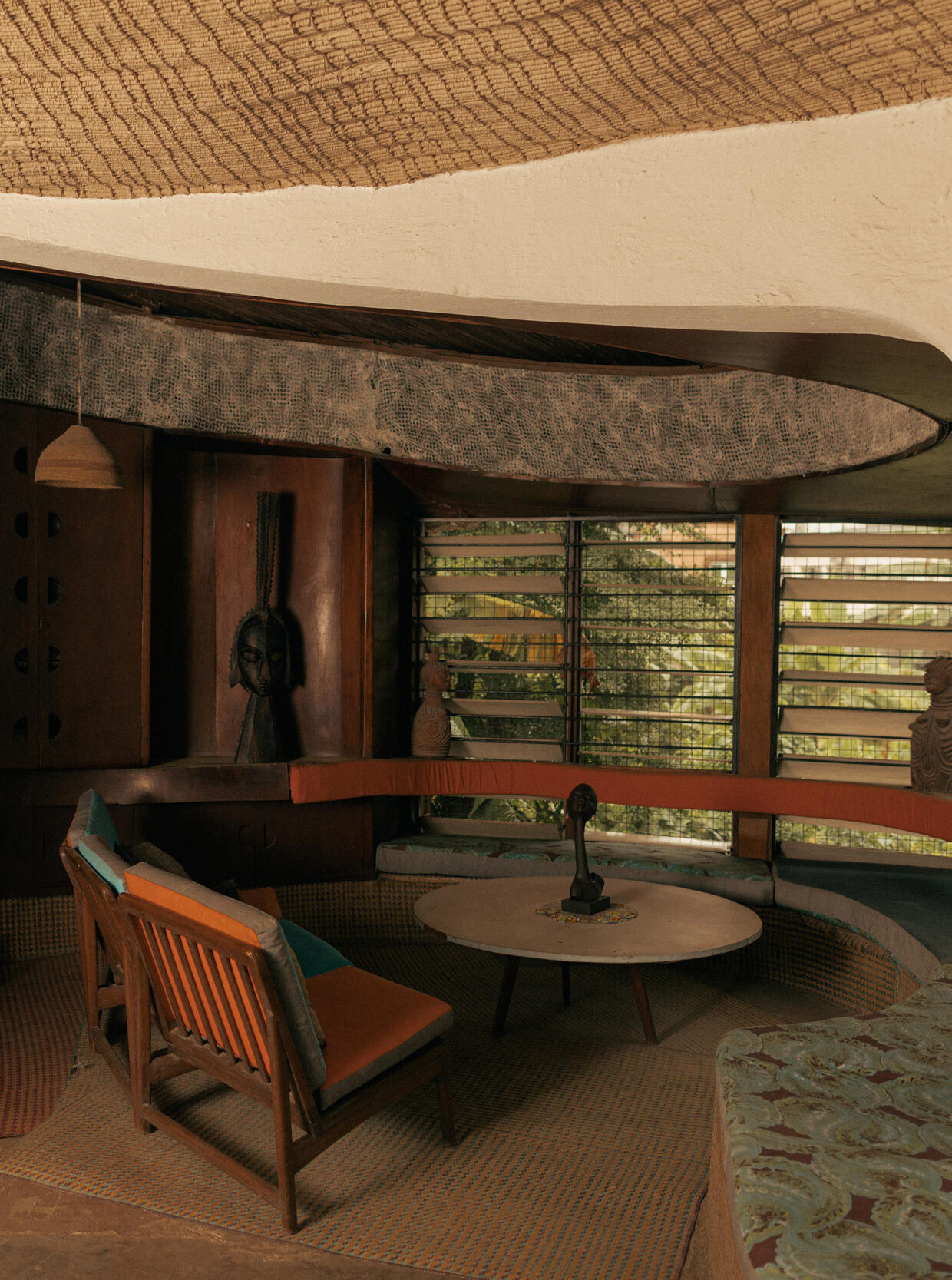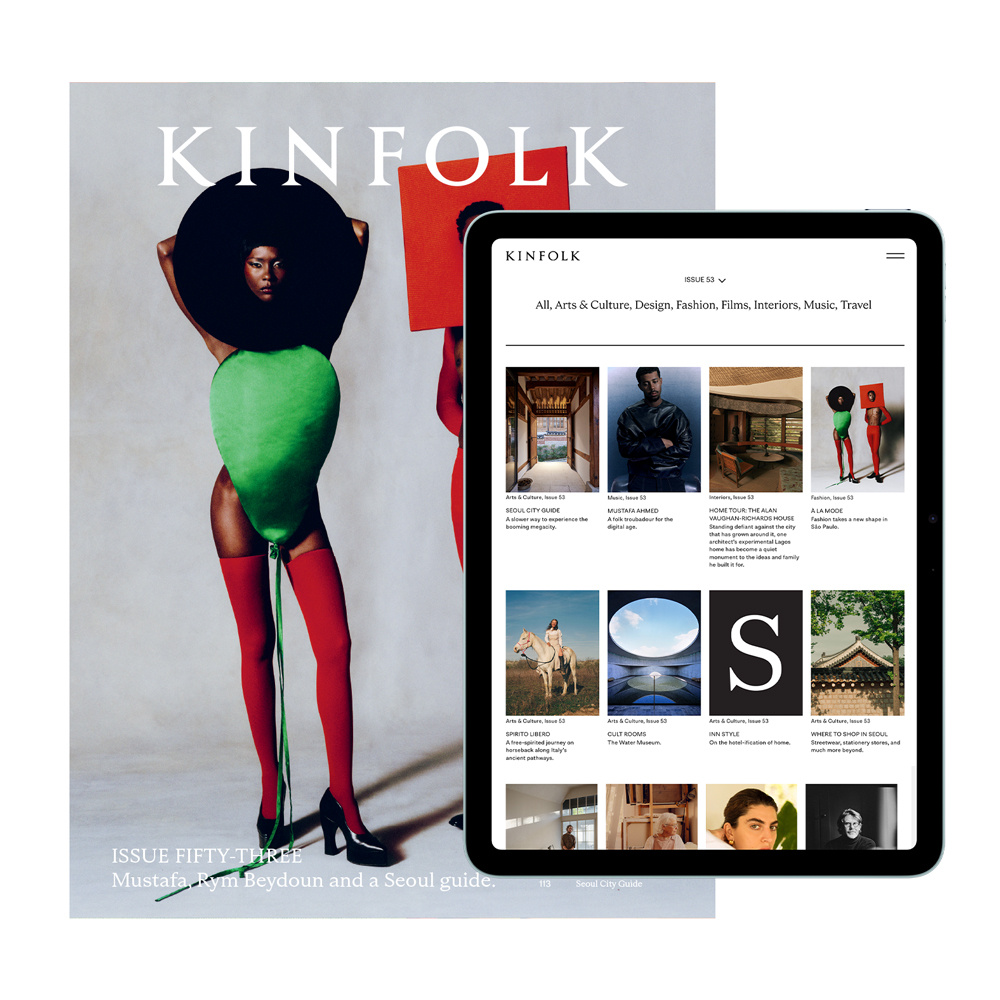Brother Seeing Eye: André Kertész
“We all owe something to Kertész,” photographer Henri Cartier-Bresson once said.
“He was something of a naïf—a very sophisticated one—and that is part of his work.”
Kertész was born Kertész Andor into Budapest’s Jewish middle class, the son of a bookseller who expected him to grow into a stockbroker. Instead Kertész taught himself to use a camera, making his first picture in 1912 and, as a soldier during World War I, schlepping glass plates that would become his first published pictures over the front lines. In 1925, at age 30, Kertész struck out for Paris, the birthplace of photography, where he changed his name from Andor, bought his first 35mm Leica and made friends with the dadaists. (The story goes that one dadaist dubbed him “Brother Seeing Eye” in reference to a medieval monastery where all of the monks, but one, were blind.)
Speaking little French, he wandered the streets, recording an enchanted, bizarre, comical, mysterious city ...



